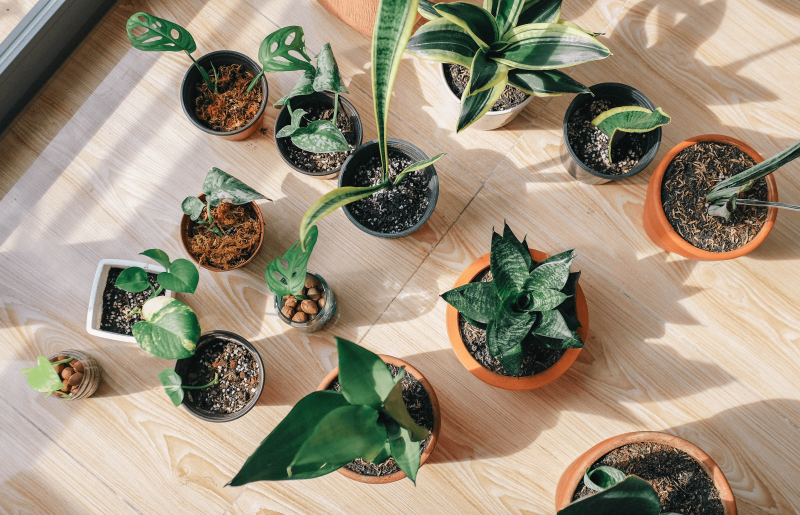Neoplants’s marquee product, announced late last year, is the Neo P1, the first houseplant genetically engineered to remediate indoor air pollution. At first blush, this high-tech pothos—a tropical vine native to the Solomon Islands, also known as “Devil’s Ivy”—is indistinguishable from the real thing. It’s photogenic, fast-growing, and hard to kill. But unlike typical nursery stock, it also metabolizes indoor air pollutants missed by traditional air purifiers, which filter particulate matter: the volatile organic compounds (VOCs) produced by paint, gas stoves, and building materials.
“It’s actually a two-pronged approach,” explains Neoplants’s chief technology officer and cofounder, Patrick Torbey. The first prong is the genetic engineering of the plant’s metabolism. By introducing additional genes into the plant, Torbey’s Paris-based team coaxed the pothos to produce enzymes allowing it to use the VOCs it absorbs as carbon sources in its normal cellular metabolism. In a virtuous cycle, more air pollution only creates more plant matter and greater pollution-fighting capacity.
The second prong is bacterial. In a Neoplant, as in nature, microbes do the heavy lifting; two strains of symbiotic bacteria inserted into the Neo P1’s soil turn formaldehyde and the class of pollutants known as BTEX—benzene, toluene, ethylbenzene, and xylene—into harmless sugars and amino acids.































